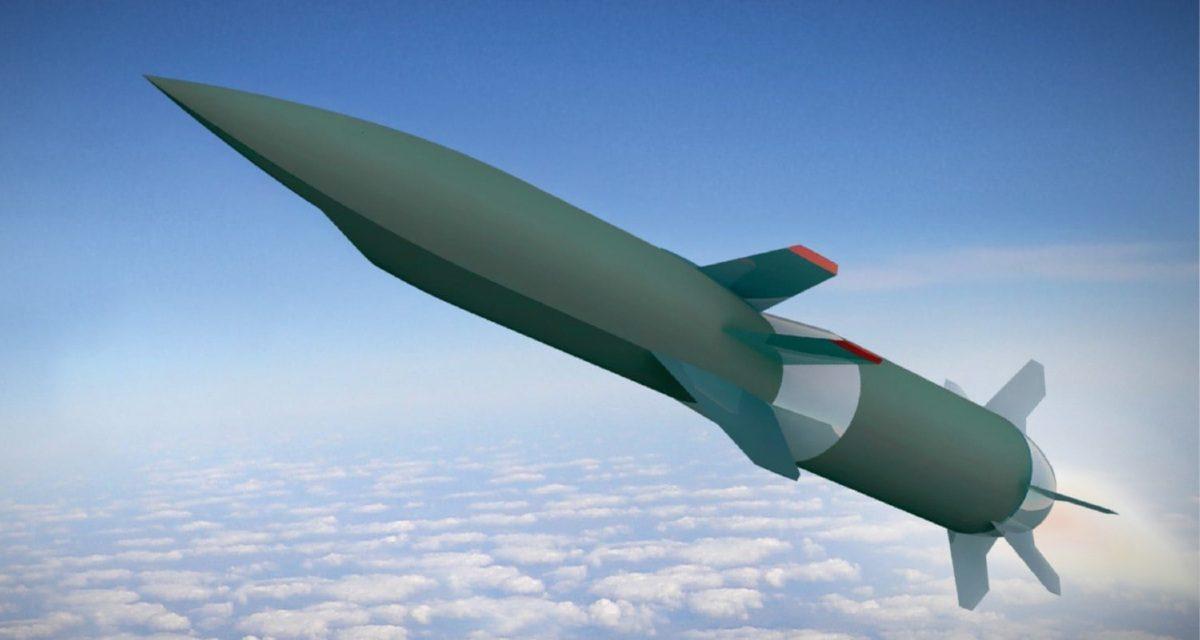On March 18, a Russian military strike hit a target in western Ukraine. Moscow claimed that the strike was carried out with a Kh-47M2 air-to-surface hypersonic missile. Also in March, a US hypersonic missile developed as part of a project managed by the Defense Advanced Research Projects Agency was successfully tested. Most recently, the United States, Australia, and the United Kingdom announced that they will coordinate on developing both hypersonic missiles and defenses against hypersonic threats. These events have combined to make hypersonic missiles the subject of growing public attention.
But besides the velocity at which they travel, what sets hypersonic missiles apart from existing cruise and ballistic missiles? what are the distinctions between hypersonic cruise missiles and hypersonic glide vehicles? What would a system optimized to defend against these systems require?
Tom Karako is the director of the Missile Defense Project at the Center for Strategic and International Studies. He joins this episode of the MWI Podcast to shed light on these and a range of other questions related to hypersonic missiles. Tom is also the coauthor, along with Masao Dahlgren, of a recent report released by the Missile Defense Project that focuses especially on countering the threat posed by adversarial use of hypersonic missiles.
You can hear the full conversation below, and be sure to subscribe to the MWI Podcast wherever you get your podcasts—Apple Podcasts, Stitcher, Spotify, TuneIn, or your favorite podcast app. While you’re there, please take a moment to leave the podcast a review or give it a rating—doing so helps new listeners with an interest in the subjects we feature on the MWI Podcast to find us.
Image: Artist’s concept of Hypersonic Air-breathing Weapons Concept vehicle (credit: DARPA)

